Podcast: Play in new window | Download
Subscribe: Apple Podcasts | Podcast Index | RSS | More

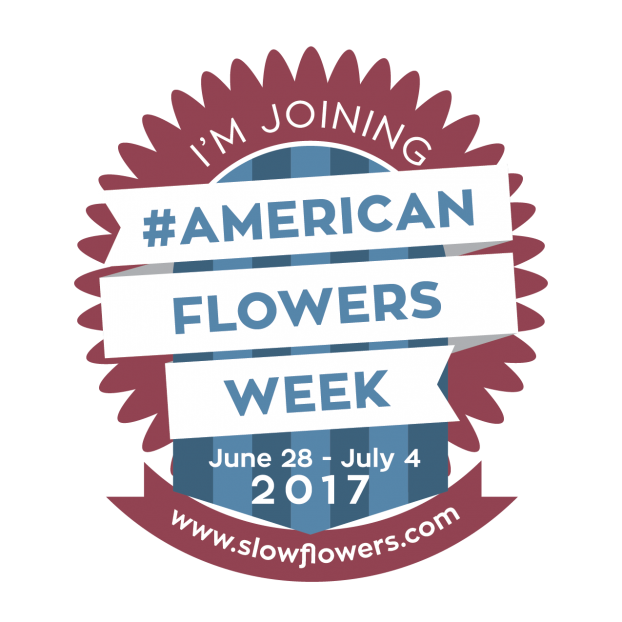 The countdown for American Flowers Week and the Slow Flowers Summit has begun — we’re only five weeks away from the June 28th kickoff of American Flowers Week 2017 and just shy of six weeks from the Slow Flowers Summit, which will take place on Sunday, July 2nd in Seattle.
The countdown for American Flowers Week and the Slow Flowers Summit has begun — we’re only five weeks away from the June 28th kickoff of American Flowers Week 2017 and just shy of six weeks from the Slow Flowers Summit, which will take place on Sunday, July 2nd in Seattle.
You’re invited to participate in both — and you can find all the details and links here in this post.
I’ll be previewing as many of our Slow Flowers Summit speakers as possible over the coming weeks. First of all, please meet James Baggett, science and horticulture writer, garden editor at Better Homes & Gardens and a true pioneer in garden media.
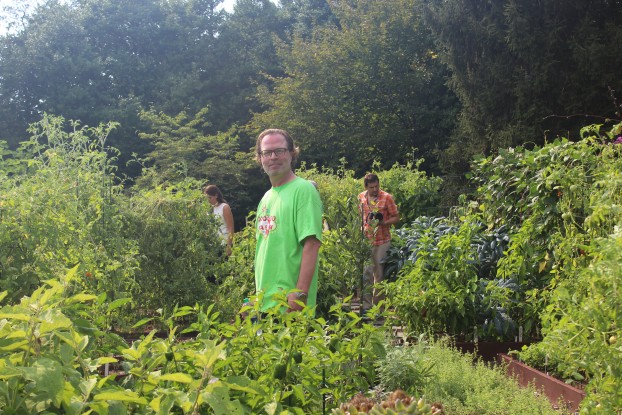
I captured this photo of James Baggett in his “happy place” — in a garden. It was the White House Kitchen Garden, which made the moment all the more special! Our colleague, photographer Bob Stefko, can be seen working in the background.
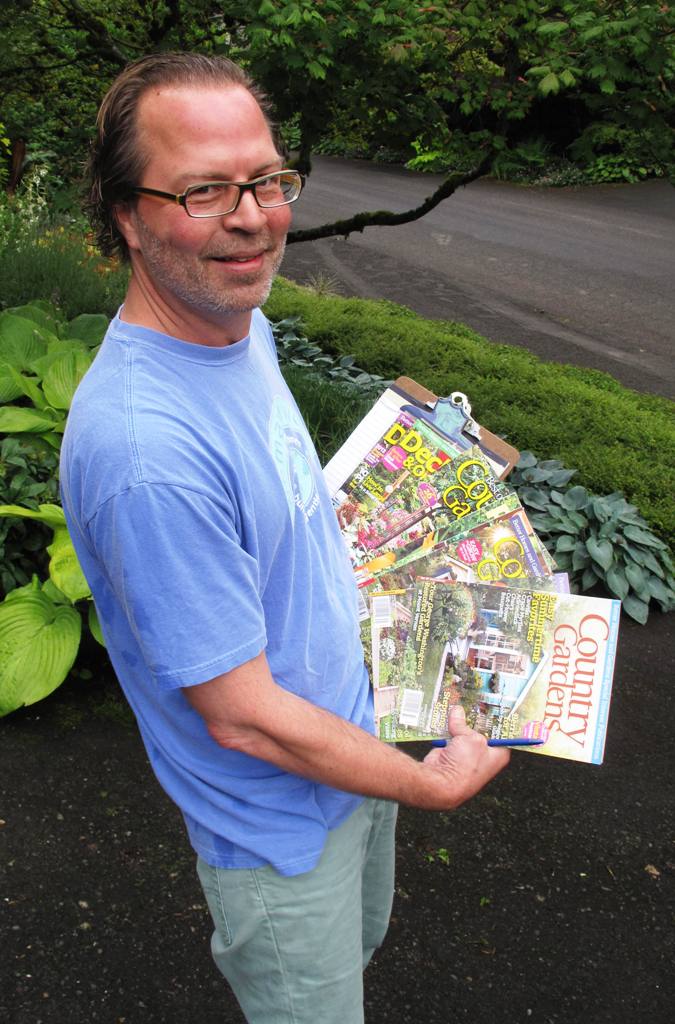
James Baggett, showing off the many titles he creates with coworker Nick Crow, his art director. It simply mind-boggling to grasp their huge productivity – and it’s an honor to be one of their writer-producers.
I’ve written and produced stories for this incredibly generous and talented man for years and I count him as a friend. In fact, as I mention often, if given a choice, I’d rather be his friend for life than ever write a single story for him in the future.
James is definitely demonstrating his friendship and support for my passion by agreeing to be our master of ceremonies during the Slow Flowers Summit.
He’s flying to Seattle from his home town, Des Moines, Iowa, where BH&G and its parent company Meredith Corp. are based. As luck would have it, my travels took me to Des Moines last month when Meredith sponsored my lecture at the Wonder of Words festival on Earth Day. While there, I grabbed a short interview with James to share with you.
James A. Baggett has been a garden editor and writer for more than 20 years. In addition to his new role as BH&G’s garden editor, he shaped content at Country Gardens® magazine as its editor in chief for nine years after serving previously as editor of PerennialsTM and as the founding editor of Nature’s GardenTM magazines, both Better Homes and Gardens Special Interest Publications.
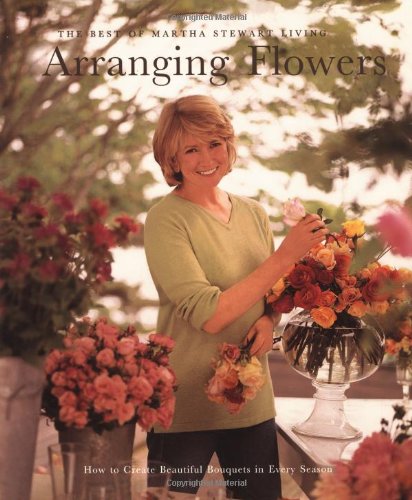
Early in his writing career, James wrote Martha Stewart’s “Arranging Flowers” book, which was released in 1999.
James also is the former executive editor of Country Living Gardener and Rebecca’s Garden magazines. He is the author of Flower Arranging, a Best of Martha Stewart Living Book (Oxmoor House) and the former garden editor of American Homestyle & Gardening.
James formerly gardened in New York City — where he tended a 10-x-20-foot garden behind an 1850 brownstone — and he now gardens in Des Moines, where all the available land surrounding his Arts & Crafts bungalow has been given over to flowerbeds, specimen trees and shrubs, and containers.
James has a Bachelor of Journalism degree, from the University of Missouri-Columbia’s famed School of Journalism. In 2015, the American Horticultural Society honored James with the B. Y. Morrison Communication Award, which recognizes effective and inspirational communication – through print, radio, television, and/or online media — advancing public interest and participation in horticulture.
“Garden writing is science writing with Jazz Hands” — James Baggett
Click here to download the James Baggett Profile, “Charming, Disarming and Engaging,” written by Maryann Newcomer for to the GWA Association of Garden Communicators newsletter. His curiosity and passion about everything in the natural world comes through in all aspects of his work and his life, and I’m thrilled that he’ll be joining us as the emcee for the Summit.
Next up, past guest of this podcast, Emily Ellen Anderson of Seattle-based Lola Creative. If you missed my interview with Emily (episode 168) you’ll want to go back and hear her entire journey of arriving at a floral career drawing from a background in landscape architecture.
It’s inspiring and it’s one of the reasons I asked Emily to speak at the Slow Flowers Summit on the topic of “Reinvention: Professionally, Artistically + Sustainably.” She will share her story and talk about how creatives are morphing with the changing cultural scene, changing aesthetic tastes and changing values.
And a huge bonus of having Emily involved in the Summit will be her “live” demonstration of building a foam-free floral wall.
It was during our recent walk-through of the Surf Incubator Event Space where our Summit will be held, that I recorded our short audio conversation. Our mutual friend Liz Browning of Laughing Girl Flowers was with us and we were all so excited to see the environment that will house the Summit gathering. We also discussed logistics of building a mini version of the massive floral wall that Emily and her team created for the 2016 Seattle Art Fair.
 Her business, Lola Creative, is comprised of a team of art-minded, world-wandering, endlessly curious event and visual art professionals and ready to get obsessed with their clients’ projects. They specialize in design and production of bold events with a focus on brand enhancement and generating a meaningful connection between guests and a host organization, styled photoshoots and creative direction for online content and marketing campaigns, exceptional weddings for excellent couples. Lola Creative includes craftspeople, architects, project managers, marketers, writers, painters, organizational master-minds, and bold thinkers. Lola operates out of a light- filled studio in Edmonds, Washington, serving the entire state and Northwest region.
Her business, Lola Creative, is comprised of a team of art-minded, world-wandering, endlessly curious event and visual art professionals and ready to get obsessed with their clients’ projects. They specialize in design and production of bold events with a focus on brand enhancement and generating a meaningful connection between guests and a host organization, styled photoshoots and creative direction for online content and marketing campaigns, exceptional weddings for excellent couples. Lola Creative includes craftspeople, architects, project managers, marketers, writers, painters, organizational master-minds, and bold thinkers. Lola operates out of a light- filled studio in Edmonds, Washington, serving the entire state and Northwest region.
Lola promotes sustainable flower growing, low waste events, and low-impact practices of all kinds, including composting plant waste, reusing materials, and sourcing locally and responsibly. Lola Creative has ceased the use of floral foam for its toxicity and non-biodegradability. A portion of profits benefit scientific research, creatures, and kids’ education in entrepreneurship, art, and technology.
Check out Curious Lola, Emily’s blog where she shares tips, stories and videos about building, running and designing an event design and floral business.
Find/follow Emily at these social places:
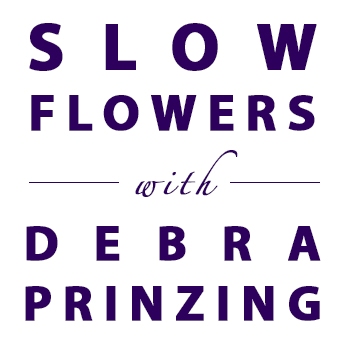 Thanks for joining us today. The Slow Flowers Podcast has been downloaded more than 191,000 times by listeners like you. THANK YOU to each one of you for downloading, listening, commenting and sharing. It means so much.
Thanks for joining us today. The Slow Flowers Podcast has been downloaded more than 191,000 times by listeners like you. THANK YOU to each one of you for downloading, listening, commenting and sharing. It means so much.
It’s time to sign up for the Summit and you can find the registration link and more details right here.
The information you will gain in a single day at the Summit is an incredible value for just $175 — and members of Slow Flowers receive a great thank-you rate of $135/ Your registration includes all lectures and coffee/light breakfast, lunch and a cocktail reception with speakers — plus a flower lovers’ swag bag and chance to network with the doers and thinkers in our botanical universe.
I can’t wait for you to join us in Seattle on July 2 in the heart of American Flowers Week!
If you value the content you receive each week, I invite you to show your thanks and support the Slow Flowers Podcast with a donation — the button can be found on our home page in the right column. Your contributions will help make it possible to transcribe future episodes of the Podcast.
Thank you to family of sponsors:
Arctic Alaska Peonies, a cooperative of 50 family farms in the heart of Alaska providing high quality, American Grown peony flowers during the months of July and August. Visit them today at arcticalaskapeonies.com
Seattle Wholesale Growers Market, a farmer-owned cooperative committed to providing the very best the Pacific Northwest has to offer in cut flowers, foliage and plants. The Growers Market’s mission is to foster a vibrant marketplace that sustains local flower farms and provides top-quality products and service to the local floral industry. Find them at seattlewholesalegrowersmarket.com
Longfield Gardens provides home gardeners with high quality flower bulbs and perennials. Their online store offers plants for every region and every season, from tulips and daffodils to dahlias, caladiums and amaryllis. Visit them at lfgardens.com.
Syndicate Sales, an American manufacturer of vases and accessories for the professional florist. Look for the American Flag Icon to find Syndicate’s USA-made products and join the Syndicate Stars loyalty program at syndicatesales.com.
Johnny’s Selected Seeds, an employee-owned company that provides our industry the best flower, herb and vegetable seeds — supplied to farms large and small and even backyard cutting gardens like mine. Check them out at johnnysseeds.com.
Association of Specialty Cut Flower Growers. Formed in 1988, ASCFG was created to educate, unite, and support commercial cut flower growers. It mission is to help growers produce high-quality floral material, and to foster and promote the local availability of that product. Learn more at ascfg.org.
I’m Debra Prinzing, host and producer of the Slow Flowers Podcast. Next week, you’re invited to join me in putting more American grown flowers on the table, one vase at a time. And If you like what you hear, please consider logging onto Itunes and posting a listener review.
The content and opinions expressed here are either mine alone or those of my guests alone, independent of any podcast sponsor or other person, company or organization.
The Slow Flowers Podcast is engineered and edited by Andrew Brenlan. Learn more about his work at KineticTreeFitness.com.










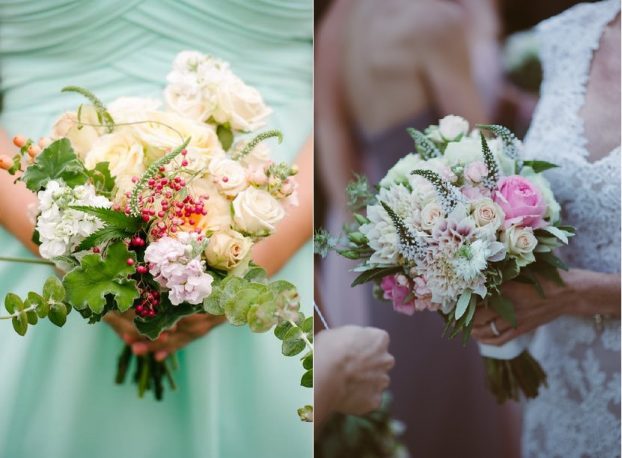
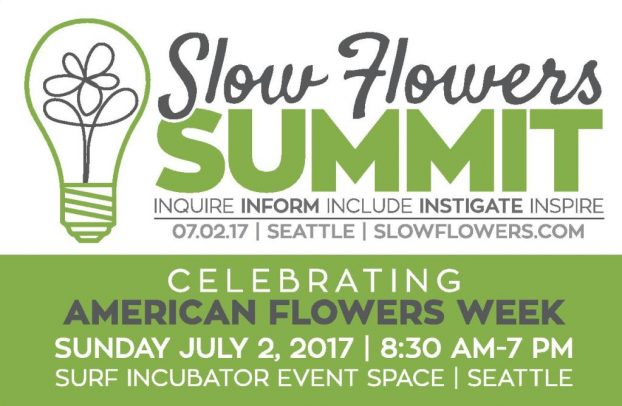
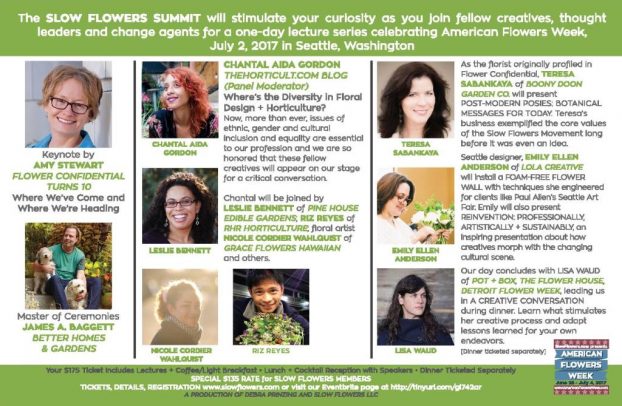
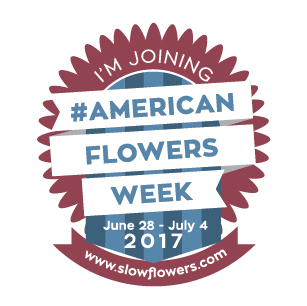

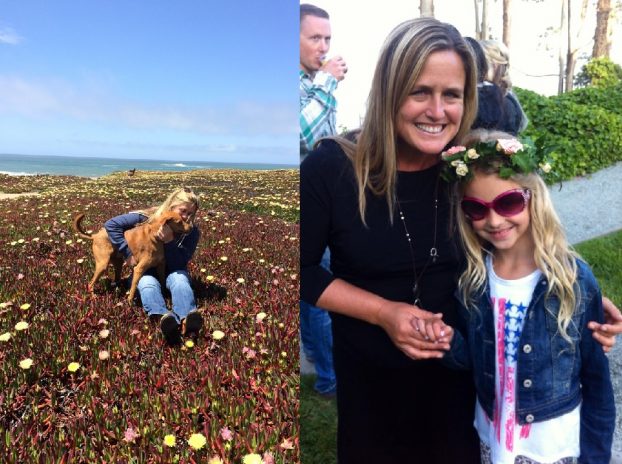
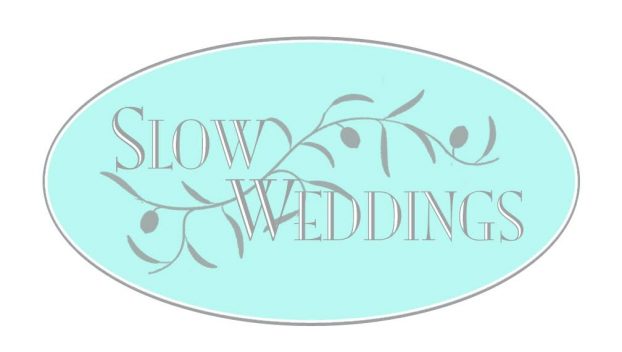
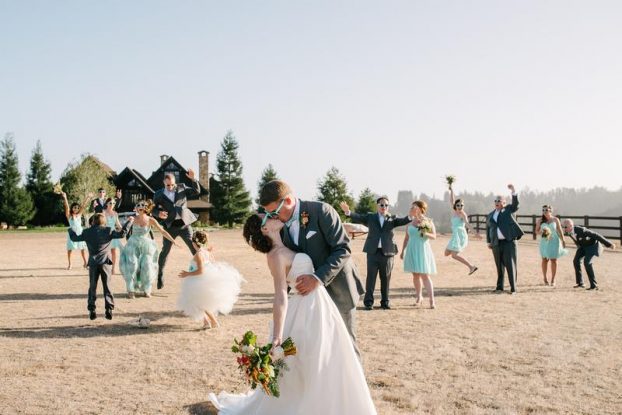

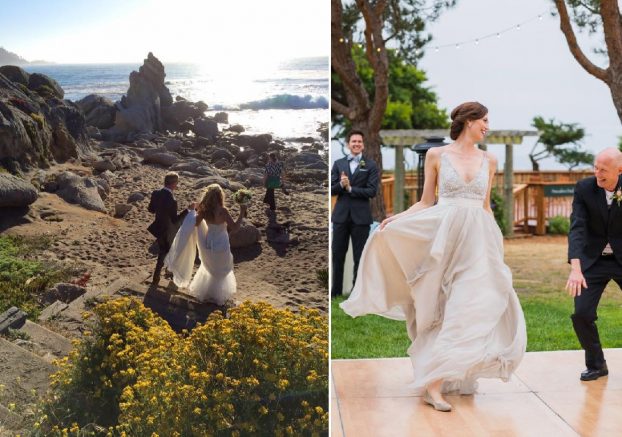
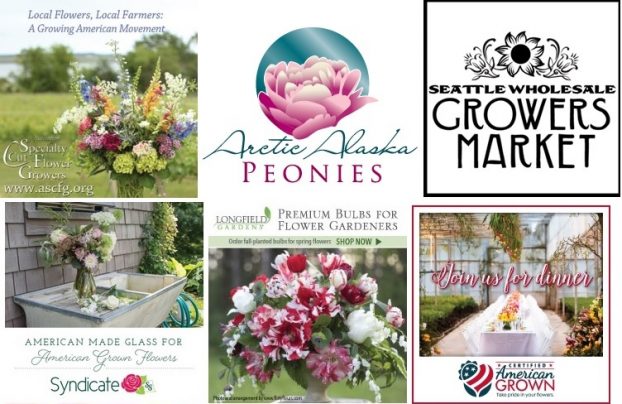
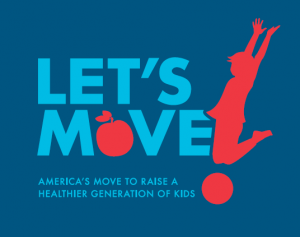
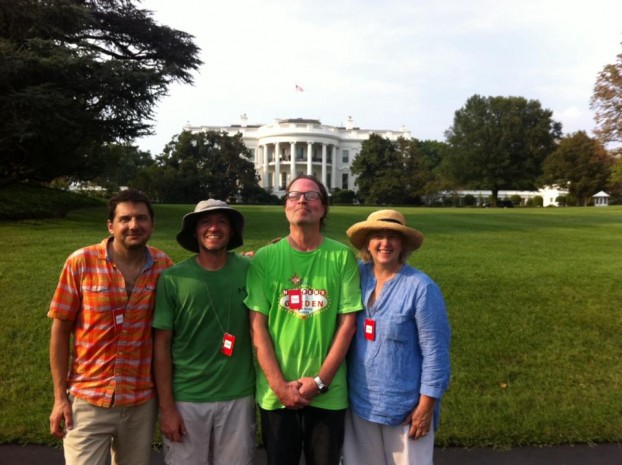
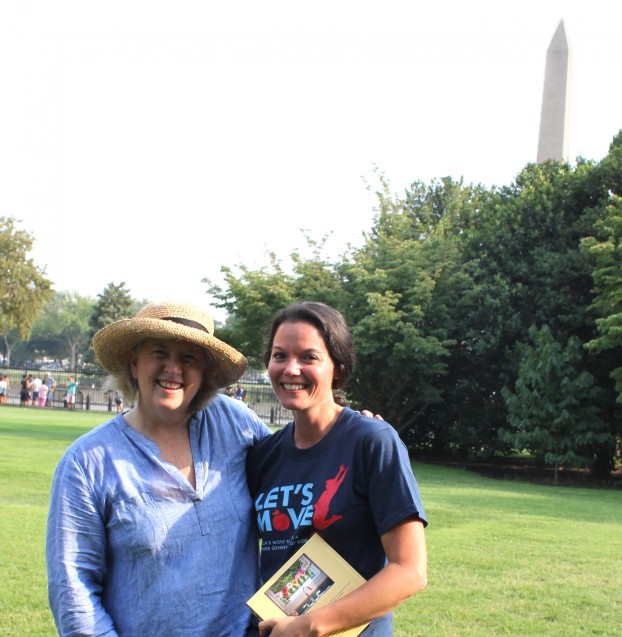
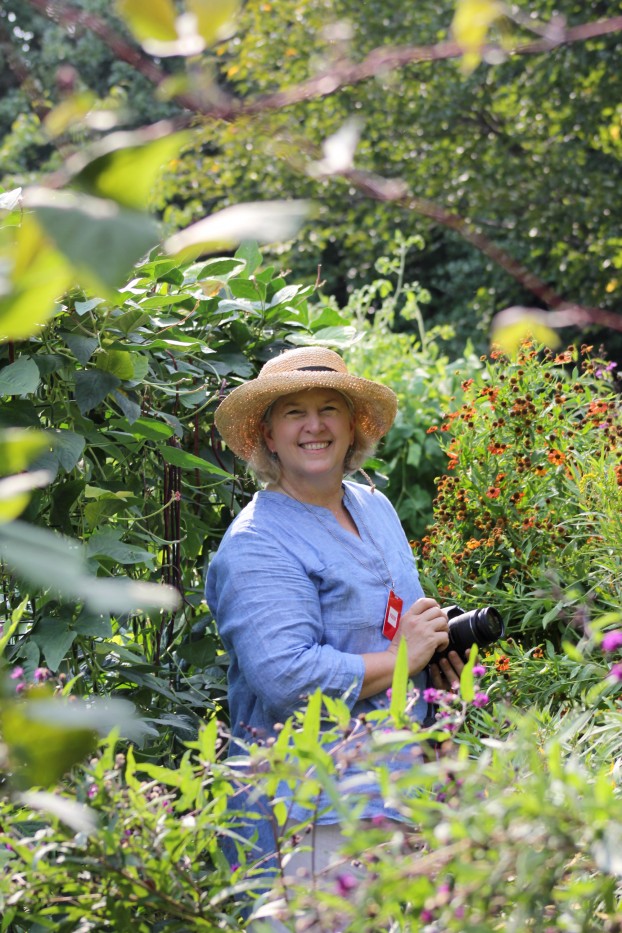
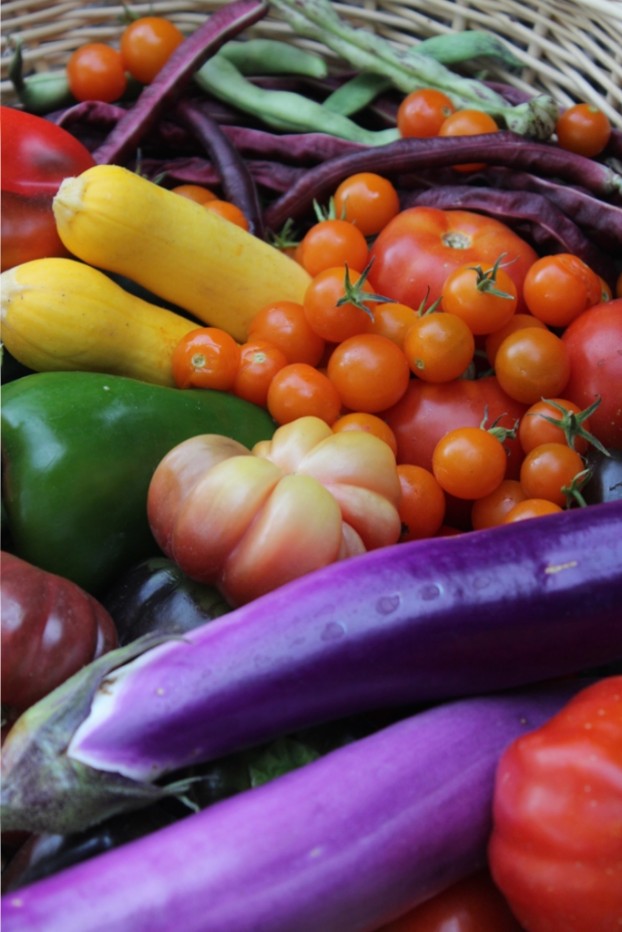
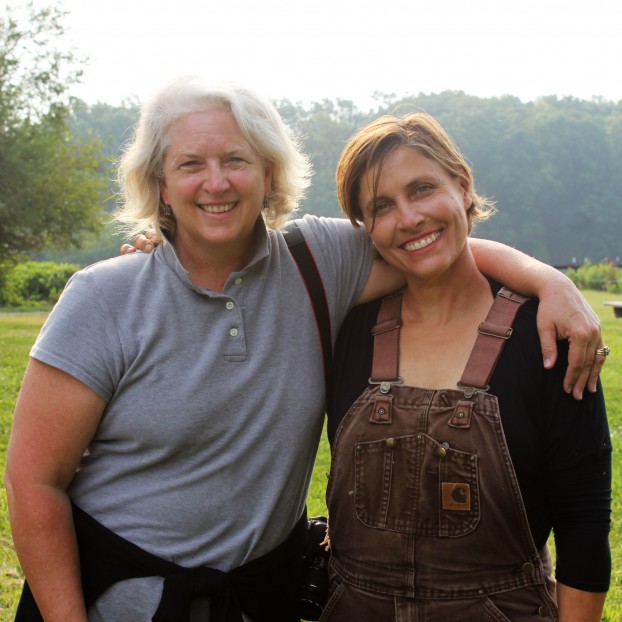
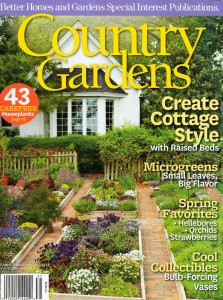
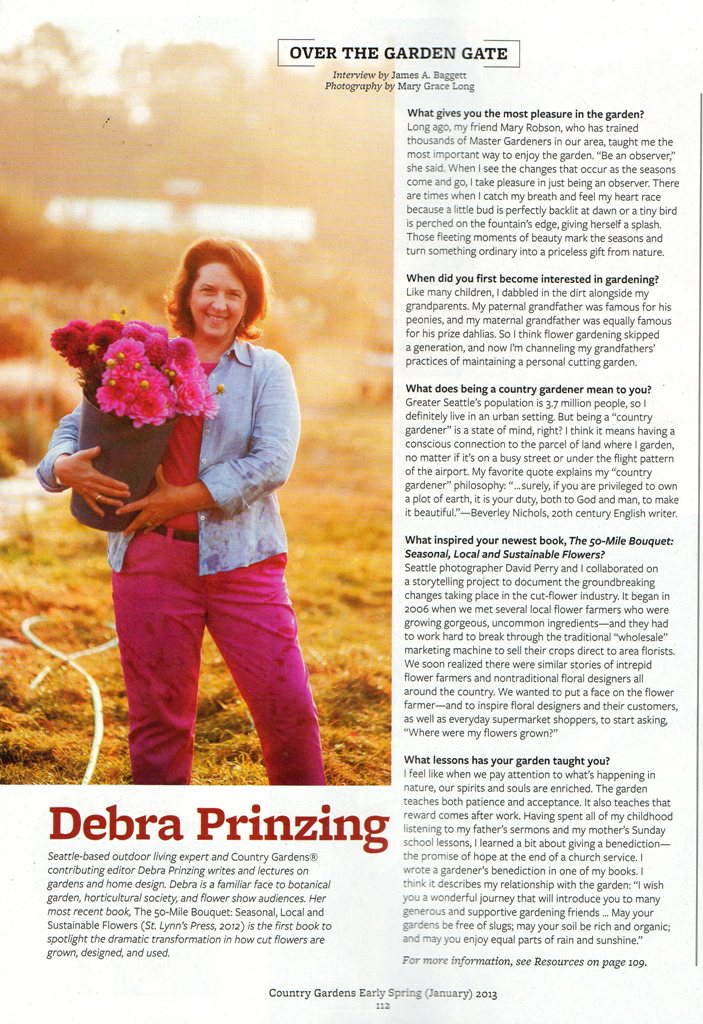
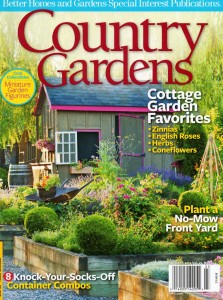
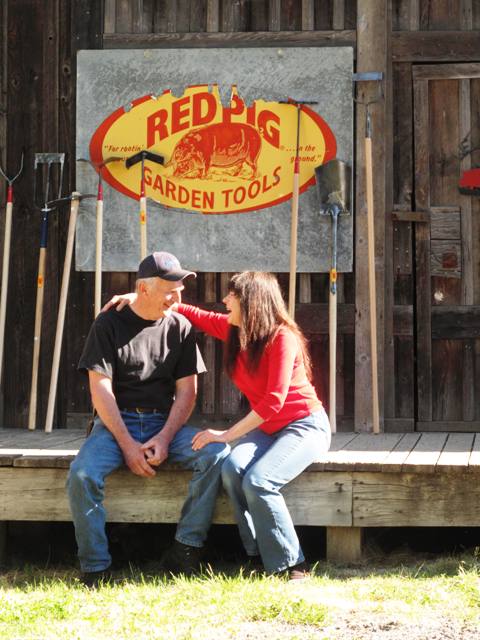
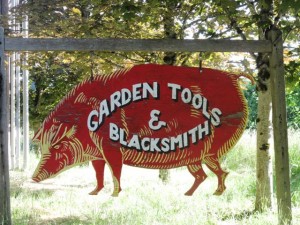
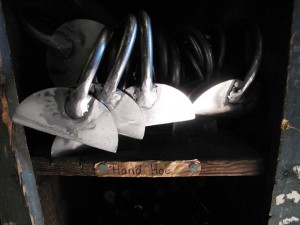
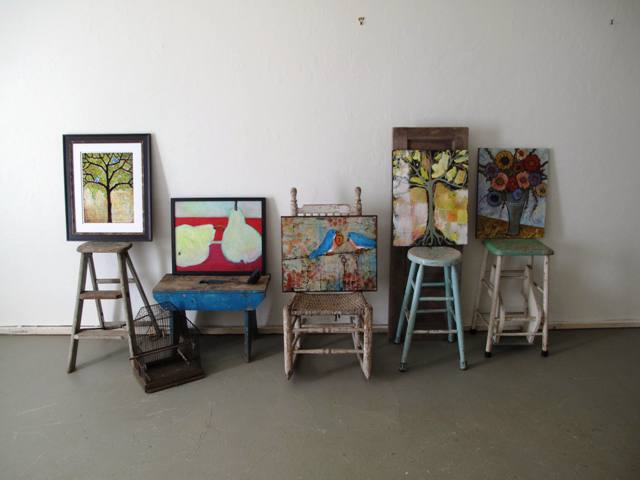
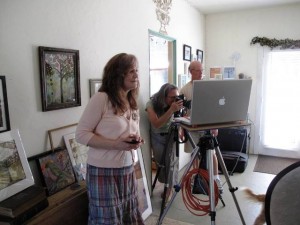
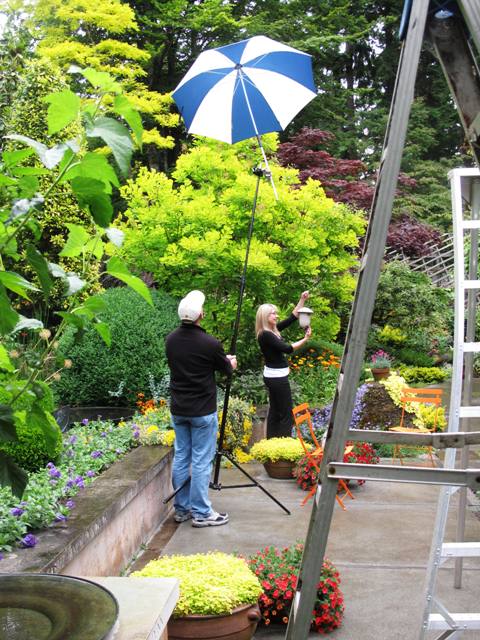
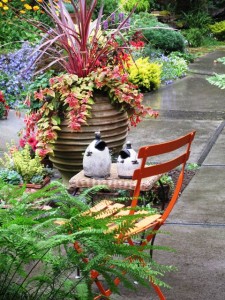
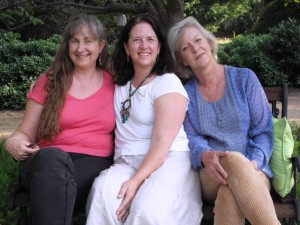
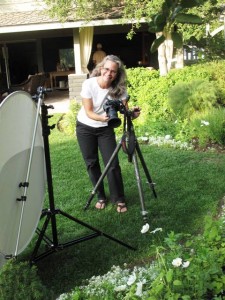
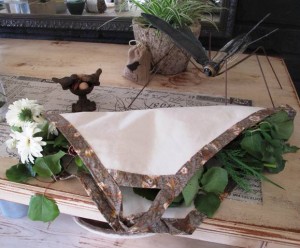
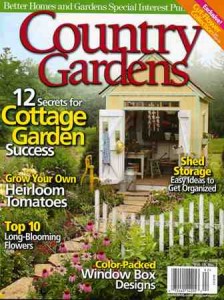
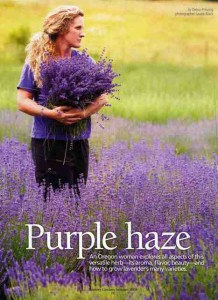 She lives and breathes all things lavender. When gentlewoman-farmer Sarah Bader isn’t working side by side with a few employees to propagate lavender cuttings and harvest armloads of the aromatic herb, she’s walking along hazy purple rows to evaluate her best-performing lavender cultivars. She gardens with lavender, cooks with lavender, perfumes her home with lavender, and is even writing a book about lavender.
She lives and breathes all things lavender. When gentlewoman-farmer Sarah Bader isn’t working side by side with a few employees to propagate lavender cuttings and harvest armloads of the aromatic herb, she’s walking along hazy purple rows to evaluate her best-performing lavender cultivars. She gardens with lavender, cooks with lavender, perfumes her home with lavender, and is even writing a book about lavender.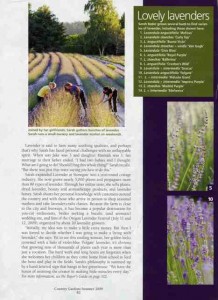 I called Sarah this morning to see how she thought the final story and photography turned out. She was so pleased.
I called Sarah this morning to see how she thought the final story and photography turned out. She was so pleased.